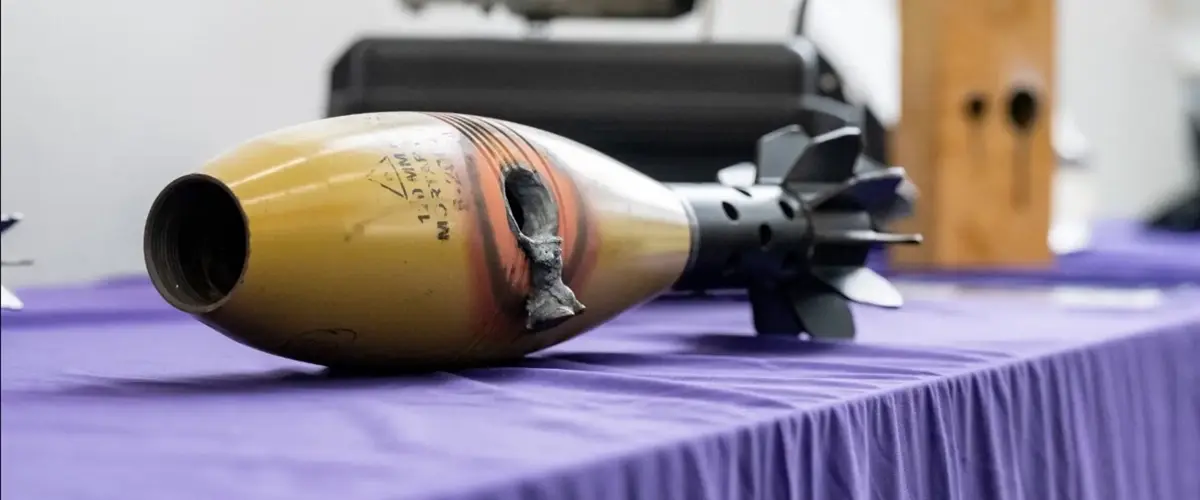Video of testing of secret British laser weapon Dragonfire has appeared
The UK Ministry of Defense has decided to show footage taken during the testing of the classified Dragonfire laser weapon, which took place in January this year in Scotland. The video allows us to draw certain conclusions about the design of the prototype and demonstrates the capabilities of the target acquisition system in action. The second-generation laser weapon based on Dragonfire technology will be able to be used on land and at sea to defeat high-speed drones in the air and on water.
The Dragonfire project has been under development by British military engineers since 2017, but until recently, the details were strictly classified. It is known to be a solid-state laser with a power of about 50 kW. Multiple laser beams are focused in a single beam thanks to a classified beam combining system. The weapon is mounted on a turret and has an auxiliary laser and an electro-optical camera for target acquisition and light beam correction.
According to New Atlas, the final tests of the Dragonfire platform took place in January in the Hebrides. At the same time, it became known that the accuracy of the weapon allows it to hit a 1 pound coin at a distance of one kilometer, and the cost of one shot is about $13. The video was recently posted by the Defense Science and Technology Laboratory (DSTL) with a comment:“This technology is the result of joint work with world-class industrial partners.” These include such representatives of the defense industry as Leonardo, QineiQ, and MBDA Group.

In addition to real test footage, the video features a lot of animation demonstrating the effectiveness of Dragonfire in naval battles. A laser gun installed on a warship disables a painted boat, blinds one UAV and shoots down another. In addition, the British Ministry of Defense showed a photo of a mortar shell burned by a laser.
Despite the success of the Dragonfire trials, this particular model will not be adopted by the British Army and Royal Navy. This is a prototype that will be used to develop the second generation of laser weapons. The British are interested in accelerating the production and supply of such weapons to the troops.
The practical advantage of laser weapons is not only the ability to hit a target the size of a one-pound coin at a distance of one kilometer (0.6 miles), but also the fact that such a “shot” travels at the speed of light, because a laser is light. The laser will also replace expensive missiles, which, for example, for the Patriot, can cost hundreds of thousands of dollars per missile. And the laser, excluding equipment, costs about £10 ($13) per shot, and the “ammunition” is unlimited, as long as there is a reliable power source.

